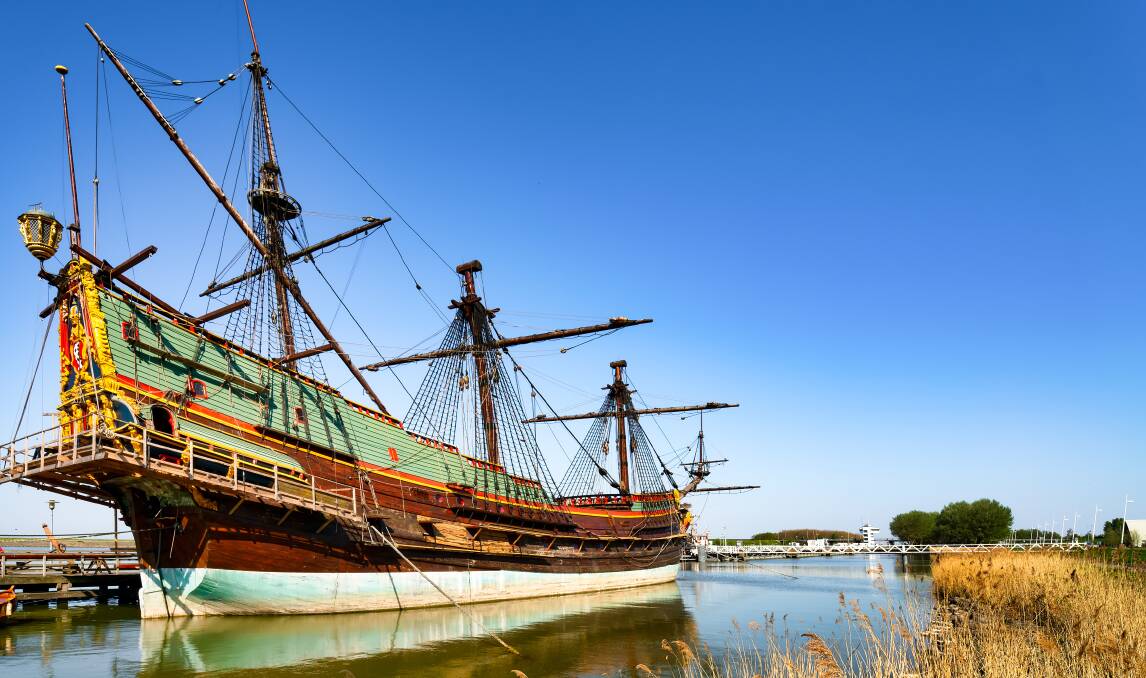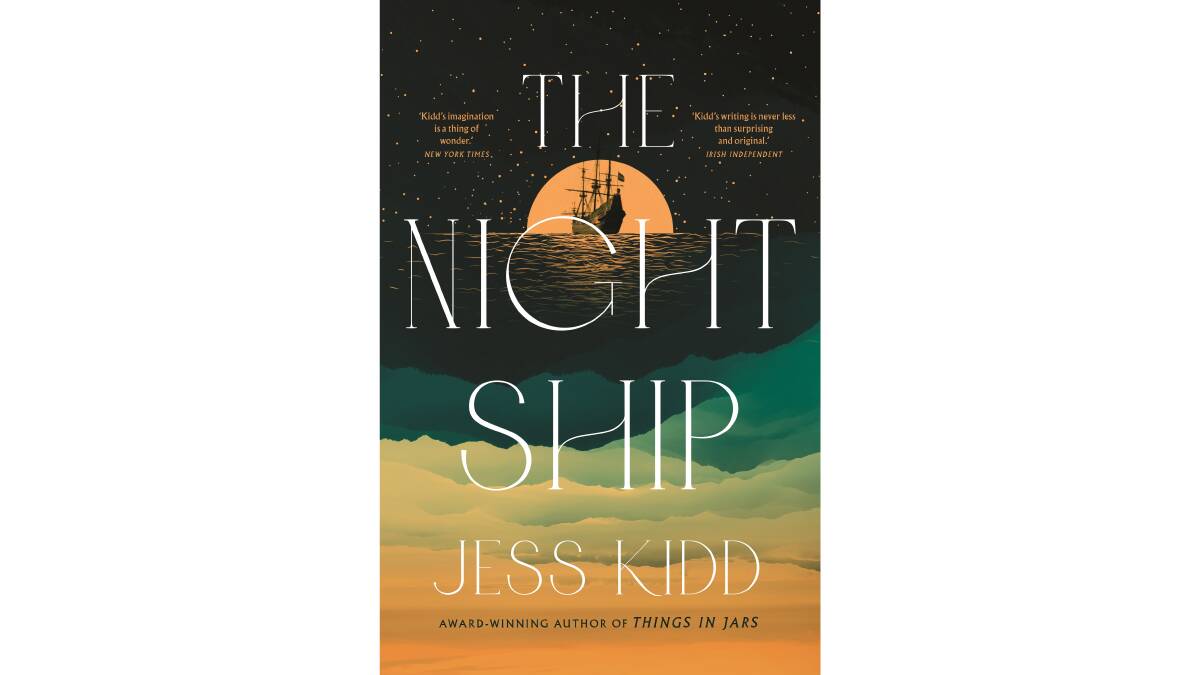
The Night Ship by Jess Kidd. Viking. 384pp. $32.99
In 1629 the Batavia, en route from Amsterdam to the Dutch East Indies, struck a reef in the Abrolhos Islands off the coast of Western Australia. There was murder and mayhem among the survivors on those barren islands.
As a local character in Jess Kidd's novel The Night Ship tells it: "They were finished from the start because they set sail with a psycho on board. Then the ship sank and everyone washed up here (on the Abrolhos Islands). Imagine some psycho after you on this island, you'd be screwed."
Previously published books - fiction and non-fiction - featuring the Batavia are primarily concerned with the events that took place after the shipwreck. The Night Ship is more about the voyage from the Netherlands to the Abrolhos Islands.
Mayken, a young child, is aboard, travelling with her carer to join her father: a merchant in the Dutch East Indies (Indonesia). Mayken is an inquisitive and perceptive girl. She explores the Batavia, penetrating areas below deck: soldiers in cramped conditions quartered with cattle - and rats, lots of rats.
She meets soldiers, sailors and fellow passengers - some tell her stories, some are friendly and kind, some are deceitful and one is "creepy". On deck after dark she becomes aware of supernatural forces aboard, often in the form of ghostly shadows. She suspects it is, Bullebak: a legendary Dutch nocturnal creature with a penchant for harming children.
As the voyage progresses "people start to hate and choose sides, whisper in corners, plot abominations, discuss the unthinkable". The mood on board is ominous. Increasing further the aura of impending doom, the crew capture and kill an albatross.
"Meanwhile", it is 1989 and a recently orphaned boy, Gil, is sent to live with an irascible grandfather, a fisherman, on an Abrolhos island. Gil's life, past and present, is told in chapters between those relating Mayken's life on the Batavia.
The chapters are short. The sentences are short. It is easy reading.

Gil's new island home is, according to the same local character, "a heap of coral in the middle of the sea. Shacks and dead bones and weather". Gil sees it as "sea, shingle bank, moonlit scrub".
Gil laments his recent tragic life. His grandfather offers no comfort. Like the other men on the island, he is out fishing from dawn to dusk. Gil becomes involved in a family feud. His only enduring friend is a small tortoise - with whom he communicates. With the coming of Easter, tourists arrive on the island, increasing Gil's discomfort and his desire to escape to the mainland.
Gil becomes aware that there is a ghostly, shadowy creature roaming the island. As threatening and as unpleasant as Mayken's Bullebak. To Gil, it can only be some kind of malevolent Bunyip. Other incidents and items - tenuous but tangible - are shared by the two children despite their separation in time and distance.
Both children experience fear. Fear of the unknown, the present and the future. Gil has the added fear of recalling his past life on the mainland. His state of mind deteriorates further when he begins reading a book on the voyage and consequent mayhem associated with the Batavia in 1629.
Up until the 1950s the location of the wreck of the Batavia, among the islands and reefs of the Abrolhos, was uncertain.
Then, in 1957, Perth writer Henrietta Drake Brockman released a novel, The Wicked and the Fair, based on the story of the Batavia. Her interest in the story did not end with publication of this work of fiction.
Drake Brockman travelled to Amsterdam and consulted the records of the Dutch East India Company and obtained information relating to their ship the Batavia: its crew and passengers, and its cargo. She obtained translations of diaries and reports written by the leaders of the expedition. From these sources she was able to determine a definitive location for the wreck of the Batavia. The result of this research was published in Drake Brockman's non-fictional Voyage to Disaster (1963).
Kidd also carried out extensive research for The Night Ship. A Londoner, Kidd came to Australia and took a charter flight over the Abrolhos Islands (now a national park). She visited maritime museums in Fremantle and Geraldton. She investigated Dutch aspects of the story in Holland. Kidd also acknowledges the assistance of Mike Dash, the author Batavia's Graveyard (2001): a more modern, comprehensive, non-fiction account of the Batavia story.
Non-fiction works of historians can create an accurate picture of historical events for the reader - even, with new information and study, correct a previously accepted picture. However, to give the reader a convincing impression of how the participants in those historical events felt - their fears and hopes - it takes a novelist of skill and imagination. Such a novelist is Jess Kidd in The Night Ship.

